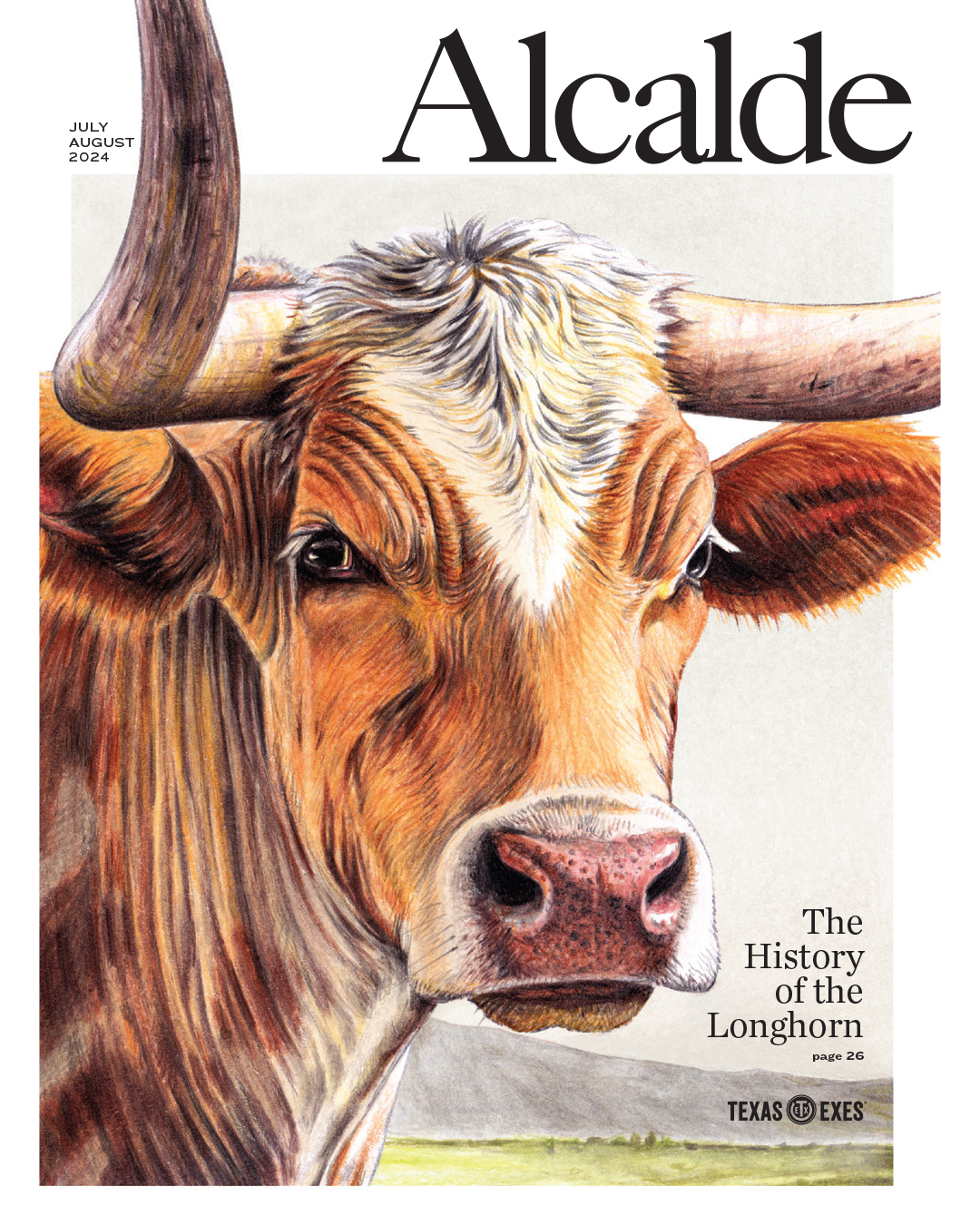Mapping Modern Slavery
More people are enslaved now than at any point in human history. The Texas Slavery Mapping Project aims to change that.
Not long ago, Noël Busch-Armendariz visited the Austin apartment of a young woman who had survived human trafficking. The woman had fled her home in Central America with the aid of smugglers, who promised her legitimate work in the United States. Instead, she was forced into sex work and unpaid labor. After three years, she was freed when a federal raid broke up the trafficking ring, and she was eventually reunited with her three children.
As they sat down in the woman’s living room for an interview, Busch-Armendariz noticed something odd: The walls were lined with neatly stacked, freshly painted furniture. “I asked her what all this stuff was,” Busch-Armendariz remembers, “and she said that for months she’d been fixing up used items to sell at a flea market. I was really struck by her entrepreneurial spirit. She was just coming out of this terrible situation, and already she was starting a business to support her family.”
Thousands of women, men, and children in Texas are victims of human trafficking or modern slavery (researchers use the terms interchangeably). Most of us have probably passed by someone who is enslaved, says Busch-Armendariz, who leads UT’s Institute on Domestic Violence and Sexual Assault. “The nail salon you frequent, the restaurant with your favorite takeout, the house down the street could have a victim of human trafficking,” she says. “It hides in plain sight.”
“The nail salon you frequent, the restaurant with your favorite takeout, the house down the street could have a victim of human trafficking.”
In 2012, the U.S. State Department estimated that there were at least 27 million slaves around the globe. That’s more than double the number of slaves during the transatlantic slave trade and more than at any other point in history.
Busch-Armendariz and her team recently won a two-year, $500,000 grant from the Governor’s Office to map modern slavery across the state. It will be a monumentally difficult task, since many cases never come to light. The researchers don’t even know where slavery is occurring, how many people are involved, or how best to help survivors. But they aren’t starting from zero, since Busch-Armendariz and her colleagues have been talking to survivors, law enforcement, and social service providers about the problem for the better part of a decade.
“We have a longstanding history working on the issue from a research and advocacy standpoint,” Busch-Armendariz says. “Now the goal is to gather a compendium of services, figure out how much the crime is costing the state, and to actually map trafficking. Where are the hotspots? What are the resources we’ll need to end trafficking in Texas? You name it, we’re going to be scouring it.”

Exact numbers are hard to come by, but experts feel confident that Texas is one of the country’s biggest trafficking hubs. One in 10 calls to the National Human Trafficking Resource Center’s hotline comes from Texas, second only to California. Texas’ proximity to Mexico and Central America, its vast highway system, its large population, and its complex agricultural and industrial sector all make the state a source, a throughway, and a destination for traffickers.
Bruce Kellison, an economist who directs UT’s Bureau of Business Research, is co-principal investigator on the project. He believes that identifying how much human trafficking is costing Texas will go a long way. “Policymakers have a lot of problems to address, and very limited resources,” he says. “So they’re very interested in an economic number, and it’s a fair question: How big is this problem? What’s it going to take in terms of resources to combat it?”
Kellison and Busch-Armendariz are working with the Austin nonprofit Allies Against Slavery on the two-year project. While their methodolgy is still evolving, they plan to start by studying all criminal cases of human trafficking that have been tried in the state. They’ll also draw on databases, surveys, interviews, and focus groups. Eventually, the maps they create will show not just the geographic distribution of the crime, but other factors such as the type of trafficking and the resources available to survivors.
Asked if she’s optimistic about the future, Busch-Armendariz says she feels conflicted. “I continue to be hopeful about the support our work gets,” she says. “There are a lot of people dedicating their lives to this work. At the same time, it feels like we’re working at a glacial pace for the suffering that I see. When you’re talking about the lives of real people and the pain they’re enduring, it feels like we need to move faster.”
Illustration by Alex Nabaum.











4 Comments